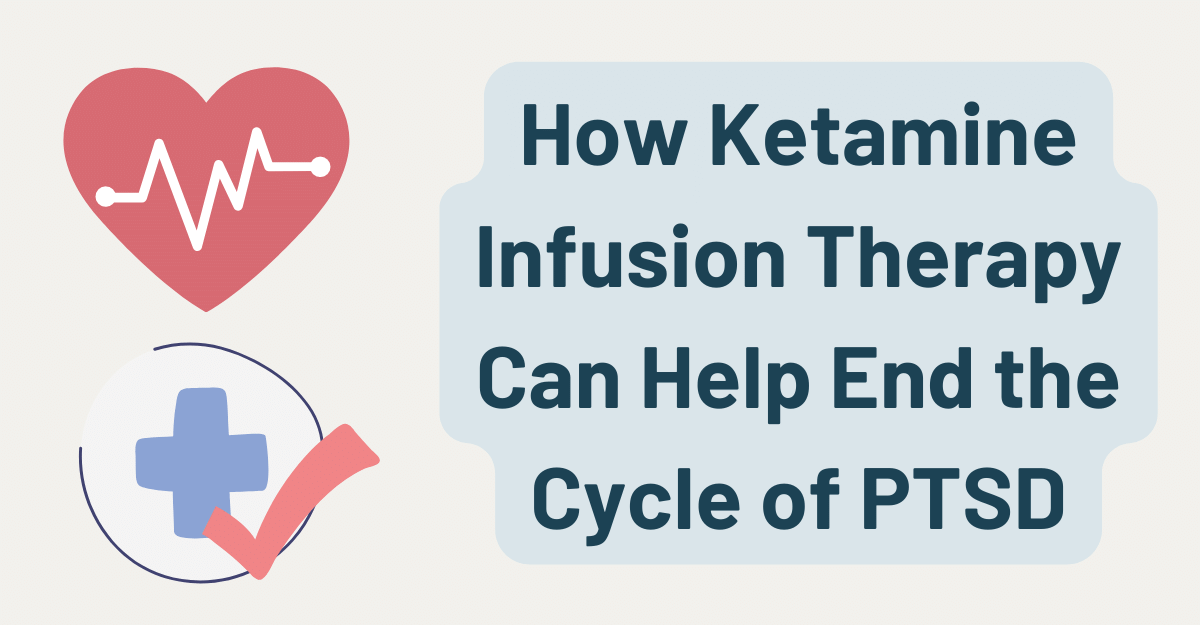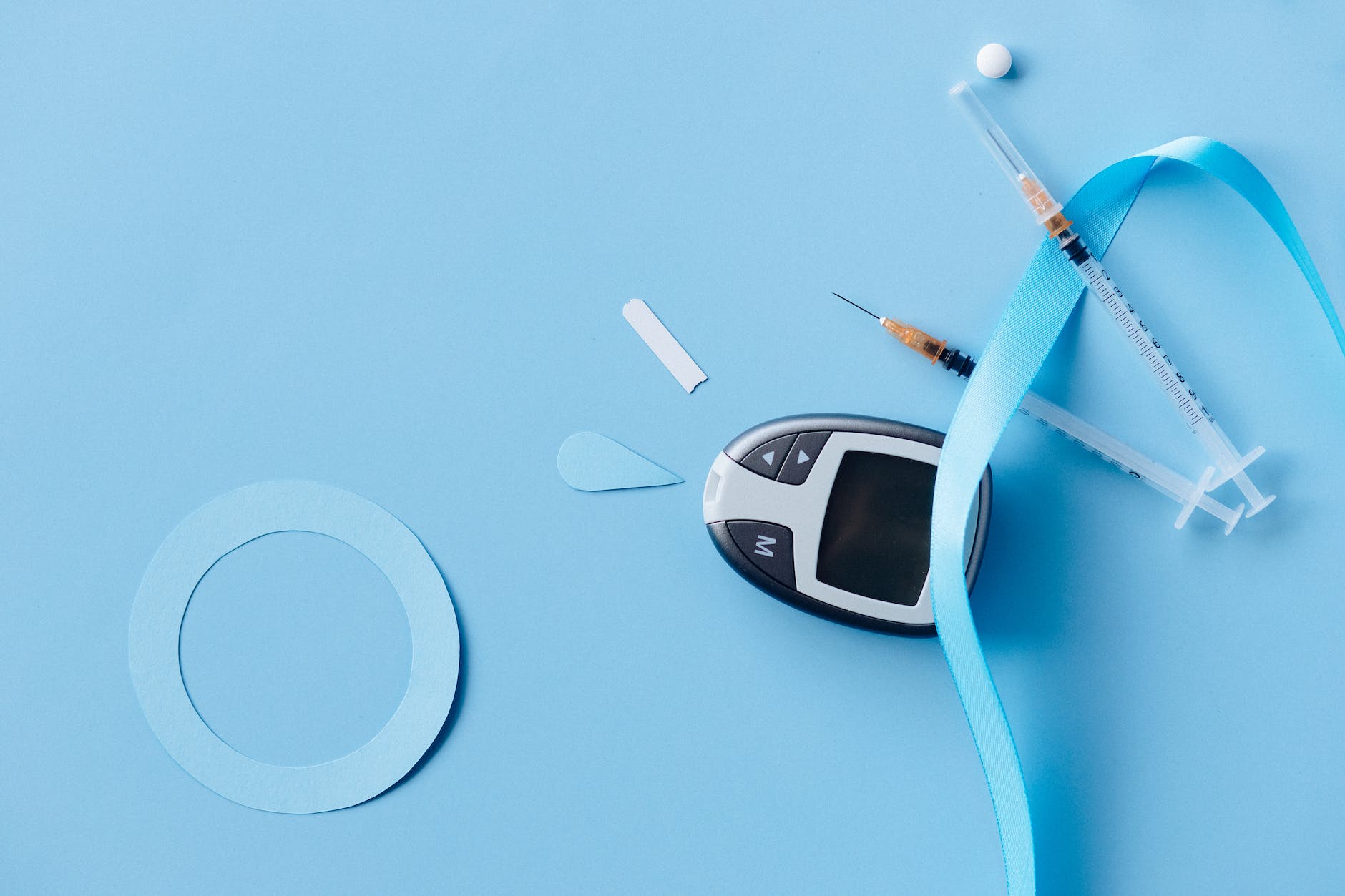
How Ketamine Infusion Therapy Can Help End the Cycle of PTSD
Ketamine treatment is considered a promising approach for recovering from mental disorders such as PTSD and depression. However, the question here is, can this treatment break the vicious cycle where individuals experience distressing memories and nightmares? Is it the optimal solution to alleviate a person’s self-destructive thoughts?
To explore this further, let’s delve into the mechanisms of ketamine treatment and how it can alleviate PTSD, allowing individuals to lead happier lives.
Ketamine Infusion Therapy: An Overview
Ketamine Infusion Therapy is a non-invasive option to cure PTSD and episodes of depression. In small doses, ketamine provides quick relief by targeting specific receptors inside our brains. When used in larger doses, it’s shown that Ketamine is a promising remedy for use in various mental health issues. Apart from PTSD and depression, it can also address postpartum depression and bipolar disorders.
How Can Ketamine Infusion Treatment End PTSD?
Having familiarized ourselves with ketamine infusion, let’s explore the mechanisms through which it can treat PTSD. The next time you’d head over to a ketamine therapy in Boston; then you’ll understand how it works and can help you.
1. As a Receptor Suppressant
One key mechanism that makes ketamine infusion a potent PTSD remedy is its capability to suppress specific receptors and pathways inside the body. The receptors and pathways that it blocks are the following:
- NMDA (N-methyl D-aspartate)
- AMPA (α-amino-3-hydroxy-5-methyl-4-isoxazole propionic acid)
- mTOR (Mechanistic target of Rapamycin)
When ketamine enters the body, the following events occur:
- Ketamine binds to the NMDA receptor protein and prevents glutamate from binding to brain cell membranes. Once they are bound to the brain cell membranes, their functionality is restored. We will delve into the more detailed aspects shortly.
- The precise interaction between ketamine and the mTOR pathway and AMPA receptors remains largely unknown. It’s theorized though that Ketamine spurs the growth of new neural connections when it interacts with the mTOR pathway.
2. As an Anti-Depressant
As mentioned before, Ketamine binds itself to brain cell membranes. How this prevents depression and PTSD is through re-activating the said cell membranes. People who suffer from these mental disorders have brain cell membranes that are alive but functionally dead. They do not show signs of excitement or activity whenever glutamate attempts to bind with these deactivated cell membranes.
What ketamine infusion does is stimulates and replicates the mentioned binding process. The introduction of ketamine to these deactivated cell membranes will cause them to become excited. This is what makes the therapy a potent solution to PTSD and depression.

Ketamine Infusion Therapy
How is Ketamine Received?
Since we’ve covered the key points on how ketamine works and how it prevents depression and PTSD. Let’s know how a patient receives doses of ketamine in their body. Here are a few ways:
1. Intravenous Infusion
Intravenous Infusion is the most common way how ketamine therapy is conducted. The PTSD sufferer receives fluids containing ketamine through an intravenous line that goes to their veins. It is the safest means to receive ketamine into the body as Intravenous Infusion has a low risk of complications.
2. Nasal Sprays
Another way to administer ketamine is through nasal sprays. The only FDA-approved nasal spray as of lately is Spravato or known as Esketamine. Ketamine nasal sprays are used by adults who cannot recover from PTSD or depression even if they have taken anti-depressant pills.
Typically, this form of ketamine therapy is conducted in a clinic, where the doctor monitors the patient for two hours after the dose.
3. Injection Shots and Lozenges
Another alternative to ketamine infusion through an intravenous line is the use of injection shots. Each syringe would contain a specific dose of ketamine and is conducted inside a clinic or the doctor’s office. Your doctor may prescribe ketamine lozenges as an at-home treatment so you can suppress episodes of PTSD between therapy sessions.
Factors on Eligibility for Ketamine Treatment
If you have not observed any progress with other treatments, you may consider ketamine therapy as a potential remedy. Take note that ketamine therapy isn’t made for everyone, so you must consider these factors first before booking an appointment:
- You have tested other forms of anti-depressant therapy but with no success
- You do not have any conditions that would hinder you from undergoing ketamine therapy. Here’s the list of conditions that makes you not eligible for this treatment:
- Currently experiencing pregnancy
- Suffers from uncontrollable hypertension
- Has acute cardiovascular conditions
- Has records of psychosis, substance abuse, or any similar scenarios
- You show no signs of improvement even after using anti-depressant medication.
Few Key Notes After Receiving Ketamine Treatment
Note that ketamine treatment alone won’t do all the work on your journey to recovery from PTSD. You will need to do a few other activities that could complement the medication so it can speed up the process. Here are some notes to consider after you’ve received your dose of ketamine:
1. Talk Therapy takes place after an Infusion
To ensure that the patient will be starting on their road to recovery after ketamine infusion; they are given a psychotherapy session. The doctor will check on you on how you’re doing post-treatment. They might also ask how you’re feeling after the medication kicks in. The health provider might watch over you for an hour or two.
2. Focus on Rest and Recovery
Reward yourself with some space, stillness, and silence after a ketamine therapy session. You must also indulge in activities that you enjoy so that you can start the path to healing. It may seem tempting to return to your work after a therapy session. However, returning to work right away is going to trigger stress and curb any efforts to recover from PTSD.
3. Heal During the Integration Period
The integration period is crucial following ketamine treatment. This is when the real healing begins. Continue clarifying the experience during your free time – find new pursuits, enjoy activities you like, and so on. You will also need to practice how to be gentle with yourself after treatment.
If you feel like enjoying the activities you like isn’t enough, you can also join an integration circle. You will be joining alongside others who have received ketamine therapy or any similar medications. Discuss your experiences with your guide. Share what you’ve experienced with fellow PTSD sufferers. Listen to everyone else’s experience so you can gain wisdom from them.
Ketamine Therapy Is a Promising Treatment for PTSD
As demonstrated earlier, ketamine therapy holds promise as a solution for PTSD and other related mental disorders. It reactivates nerve connections that became numb due to these disorders and makes them function again. It’s akin to reigniting the human drive to persevere and move ahead.
However, to ensure that ketamine treatment is a success; the PTSD sufferer needs to also do their part. They can do that by resting and recovering and using the integration period to finally release themselves from PTSD’s clutches and live out a happy life.






